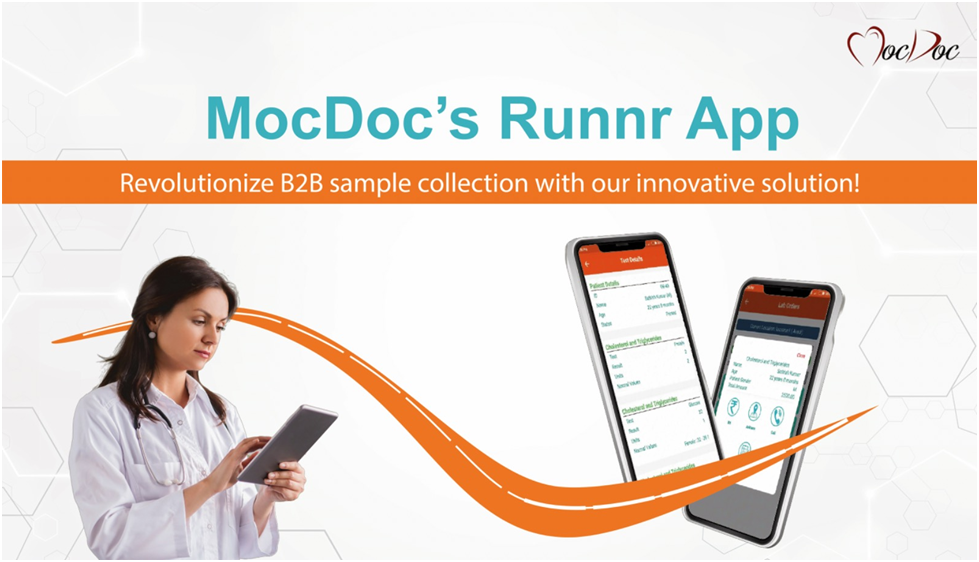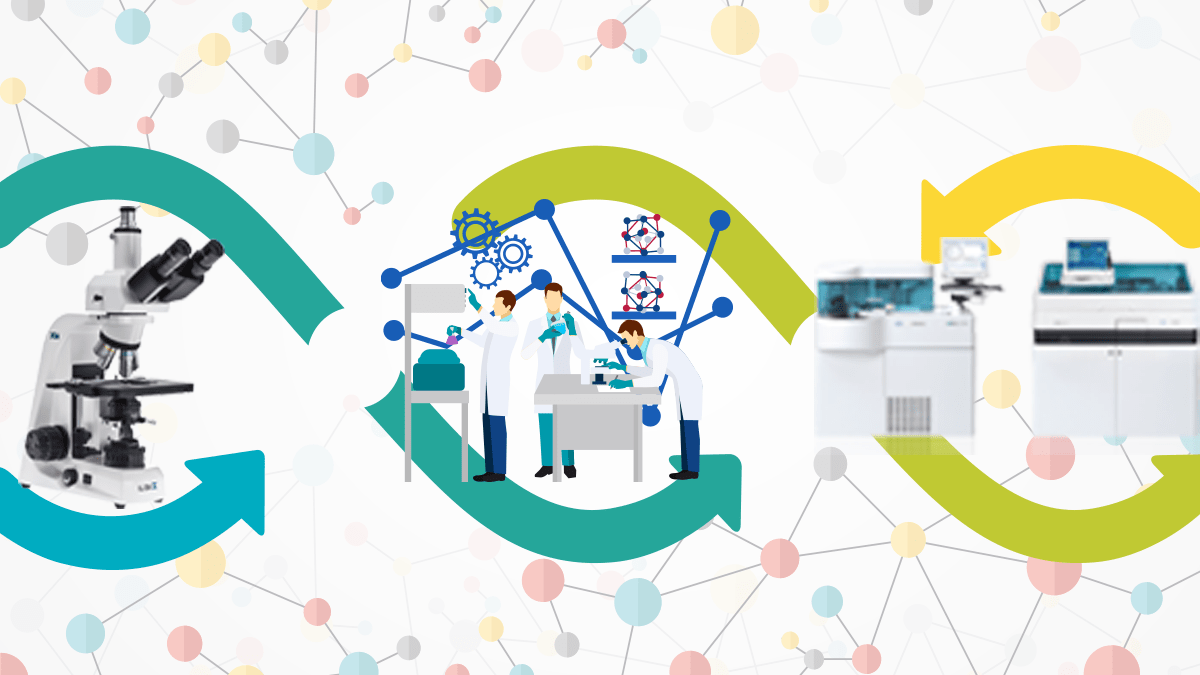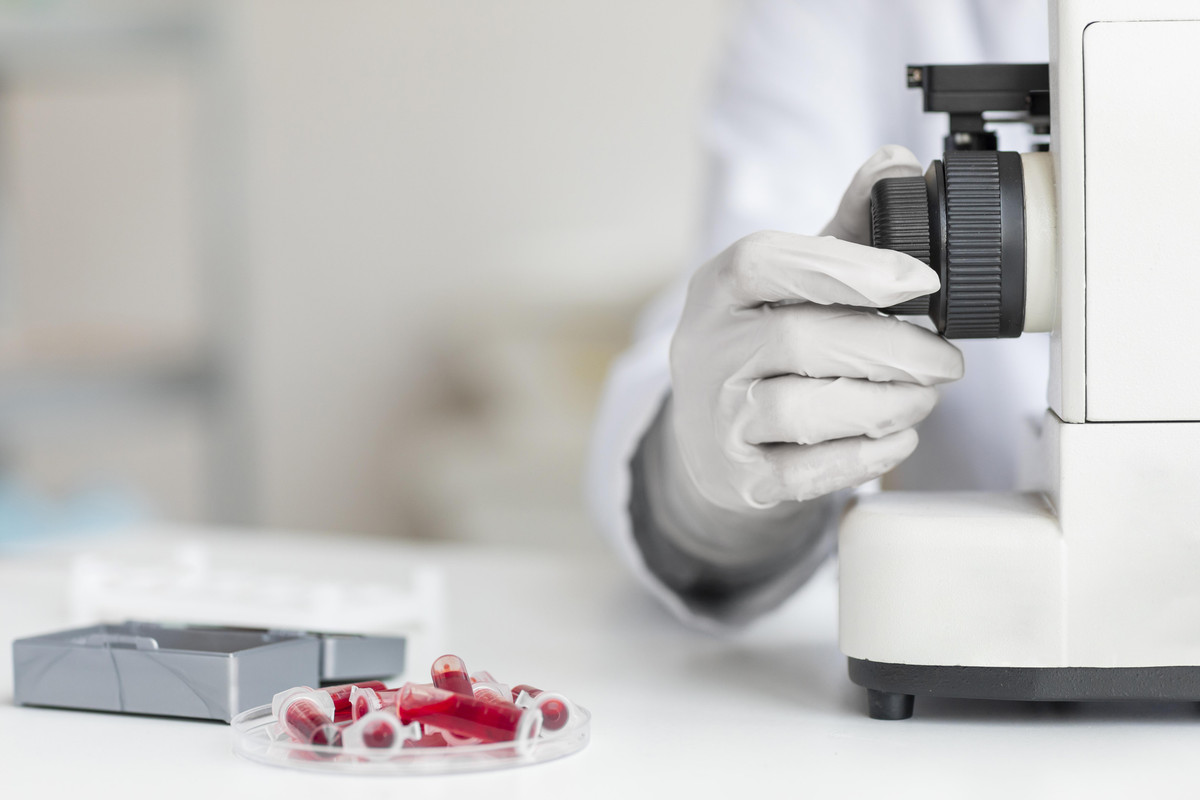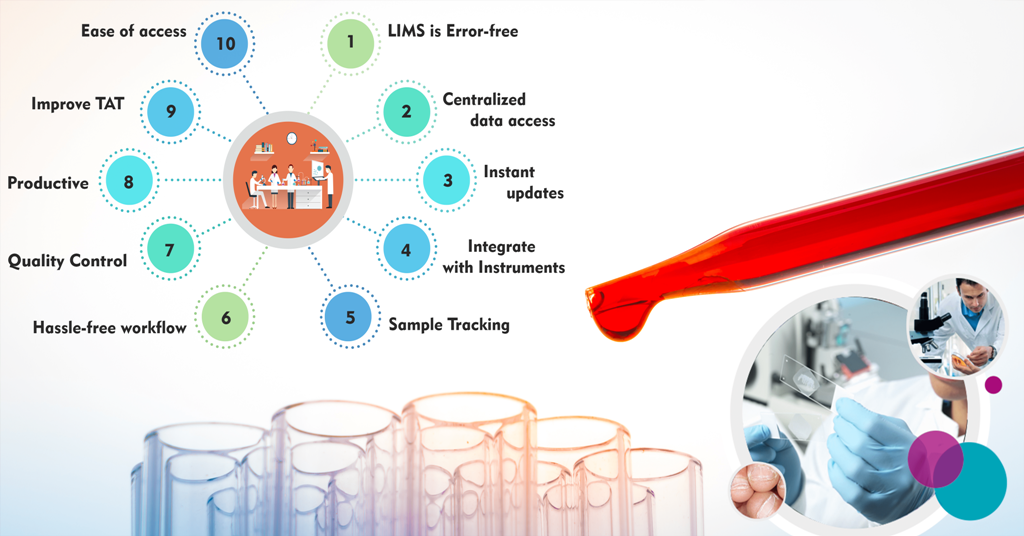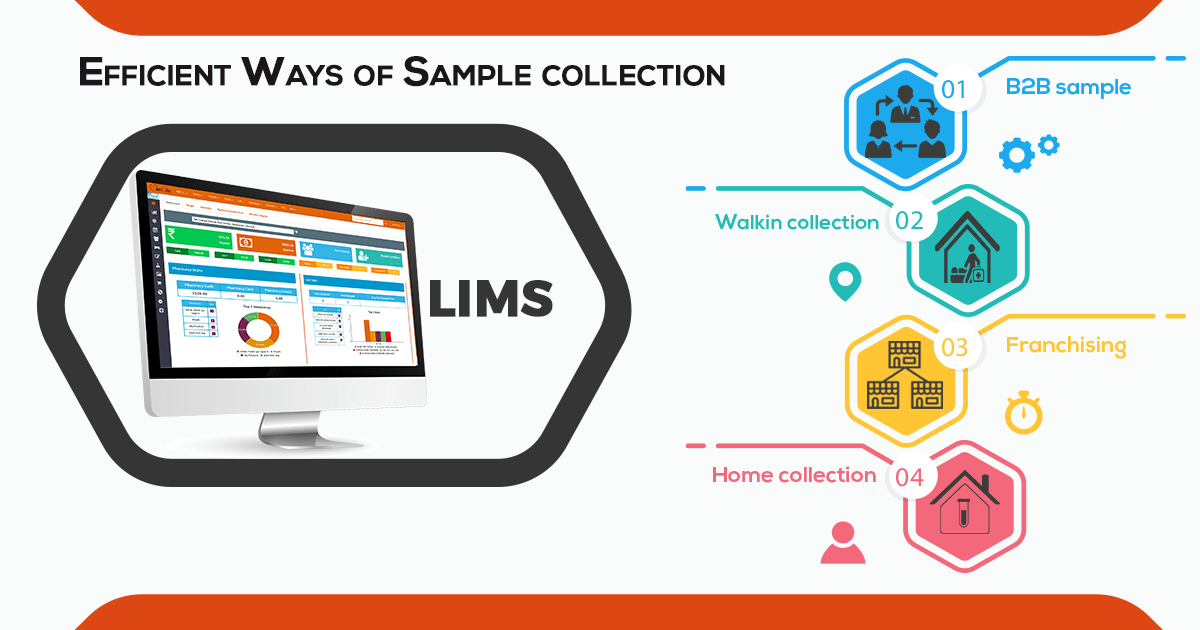MocDoc's Offerings
The Role of Laboratory Information Management System in Healthcare Solution
Published By
Sanjana
2018061417:56:14
Category LIMS
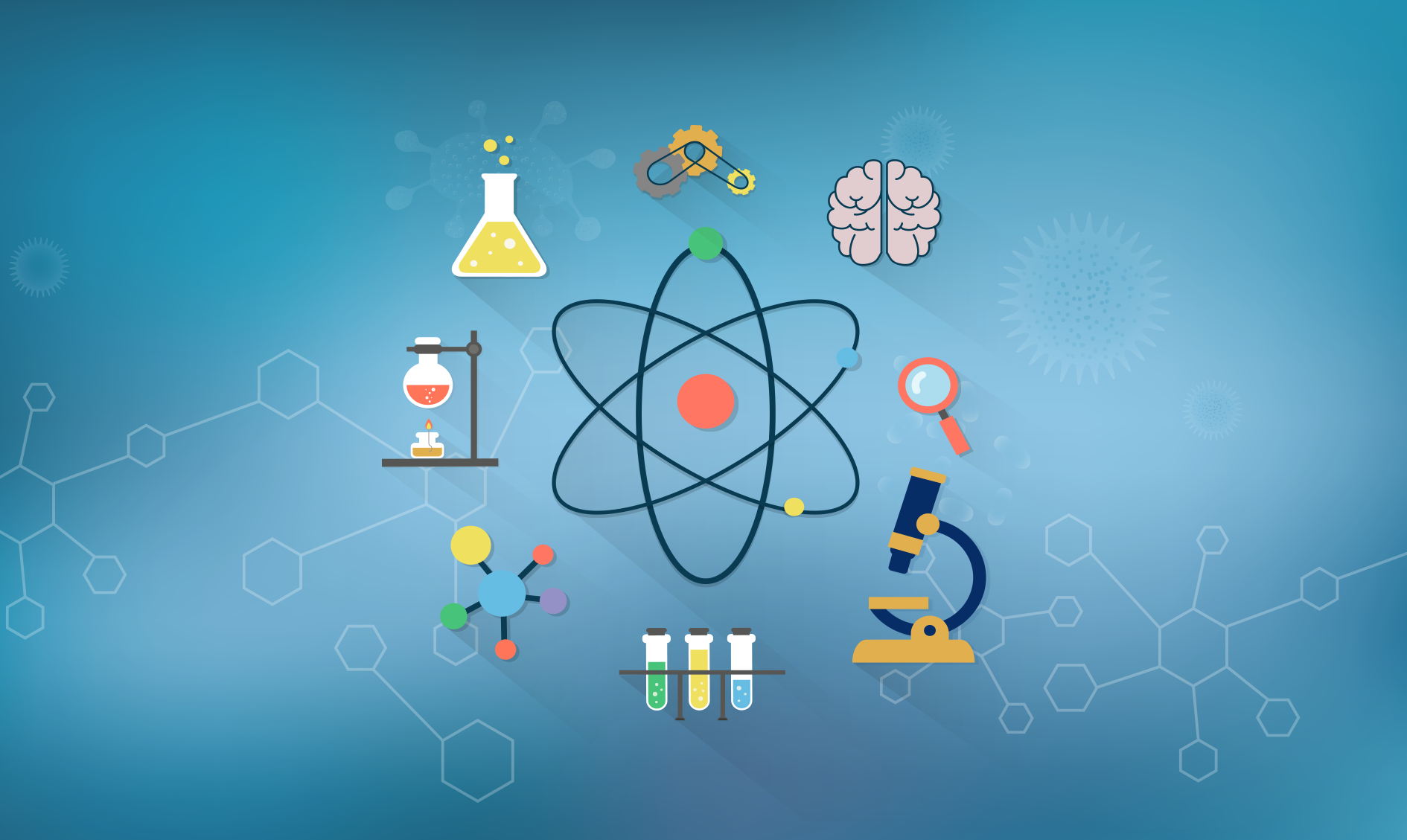

The healthcare industry, like any other industry, is not self-reliant. Since this is an ever-evolving industry there's no stopping for the challenges that arise or the solutions for it. One such healthcare solution is the Laboratory Information Management System (LIMS). The Laboratory management system has been providing healthcare solutions for the industry, over the past couple of decades: but what it is?
LIMS Software And What Does It Do?
The Laboratory Information Management System (LIMS) Software started as a system to keep a record of test samples, their results, and all other particulars of donor and patient samples. From the point of its inception, the laboratory management system followed the traditional methods of manual labelling and record-keeping; it was followed only until the introduction of computers to healthcare solutions.
Ever since the Laboratory Information Management System has been on a course of upward trajectory.
As the computers evolved so did software. Dedicated LIMS software packages began appearing with tweaks and new features every time. The LIMS software today is so reliable that once a test sample is collected in the lab or patient's house, it is taken to a pathology laboratory and given a tag, it is almost impossible to lose track of it. The LIMS software packages can manage and update the progress in tests and can also update the results of the tests to the database in real-time.
To put it in simple words:
A laboratory Information management system, shortly known as LIMS, is a software that is used to help lab faculties in collecting samples, processing, and delivering reports to patients. It acts as an interface between the lab faculties and the database where all the information and essential details are stored. This includes all the tests conducted under a particular facility.
LIMS Network:
In its early days, the laboratory management system was an isolated off-network system. But as technology paved the way for more advanced secure networking, the Laboratory Information Management System stepped into the next-gen of healthcare solutions.
Standalone LIMS Software:
Even though the Laboratory Information Management System (LIMS) Software provides easy access to the information from the database, it isn't enough. Its information resource was limited to that one particular facility alone. The limitations of a standalone laboratory management system include:
- Limitations in the storage capacity of the database servers.
- The maintenance of servers at the healthcare facility itself involves difficulties.
- Medical procedures that involve referral to different locations will require the carrying of physical records; which is an inconvenience again.
- However the chances are less: if the servers go down it is almost impossible to recover the data unless there is a backup, which will require additional servers.
- Since standalone laboratory management systems are not cloud-based, sharing patient reports via App, SMS, or Email is restricted.
Since there are technologies developed already to overcome these limitations, they should be employed immediately.
LIMS Software on the Cloud:
Cloud storage is a powerful technology than it sounds. Cloud storage has virtually no limits on the storage capacity, thereby immensely supporting the laboratory information management system and other healthcare solutions.
- The data centres provide a larger bandwidth to access the servers. That is more than enough to provide trafficless access.
- Since the cloud servers have multiple redundant systems, there is always a backup, and data loss is not a thing to worry about.
- The centralized data centre for the laboratory management system makes it possible to access data from anywhere in the world with authorization.
- The maintenance of these servers is extremely cost-effective compared to the standalone LIMS Software.
- As LIMS is cloud-based, it can connect multiple stakeholders. You can also have control over sample tracking, processing, and delivery. And there is easy scalability in business.
Patient Accessibility:
The interconnection of LIMS software servers also introduces the patients to the inside of the Laboratory Information Management System. Since the LIMS software made the information easily accessible, the patients can easily keep track of their records. This also helps patients to keep their health records up to date with no effort.
LIMS Beyond Limits:
The LIMS software, even though started as a record-keeping and managing healthcare solution, has now evolved into a state of complete management solution. It has given a massive boost to the administration of healthcare facilities and also the financial management of healthcare centres.
Machine Interfacing in LIMS:
The LIMS software acts as an interface between the laboratory equipment and other devices. The Laboratory Information Management System is capable of interfacing with the database in real-time to import and export data. It also acts as an interface between multiple devices within the lab for better coordination.
For instance, an MRI scanner is only a scanning machine with an image display unit and a control unit. But, with the LIMS software machine interface, the data from the scanner can be stored directly in the database to the respective patient name. It helps the doctors to analyze the data whenever required.
Time Management:
Time management is one of the most challenging objectives of management. The LIMS software used in today's healthcare facilities provides day-to-day management solutions besides healthcare solutions.
- The LIMS software can make schedules for doctors and specialists. It also helps in scheduling follow-ups and cancellations of appointments at the request of patients through IVRs and websites.
- Since there is always a demand for time slots to access laboratory equipment and devices, including high-cost scanners which are a rare resource, LIMS software can schedule their time slots most effectively.
In addition to these, the Laboratory Information Management System also has the in-house pharmacy records maintained, notifying the maintenance of laboratory equipment and other services.
The AI of LIMS and its future:
The future of the Laboratory Information Management System has already shown us a glimpse of what it is capable of over the years.
AI is the future of every field and the Laboratory Information Management System is no exception. The introduction of LIMS software to artificial intelligence can automate pretty much everything in the laboratory management system and improve the quality of healthcare solutions. Smart labs will be the newest addition to the list of healthcare solutions by the LIMS software.
The advancements in various supporting fields such as microfluidics, biometrics, lab-on-a-chip technologies, and their automation have ensured the steady progress of the Laboratory Information Management system. The day is not far when the AI Laboratory Information Management System (AI LIMS) will be working along with humans and serving humanity.
Related Articles
Revolutionize B2B sample colle...
MocDoc’s Runnr mobile/web application is designe..... Read more
Why Machine Interfacing in LIM...
As labs are updated and become more modern, better..... Read more
Why should you invest in a Lab...
A Laboratory Information Management System (LIM..... Read more
4 Efficient Ways of Sample col...
Investment in health is the best way of investment..... Read more
